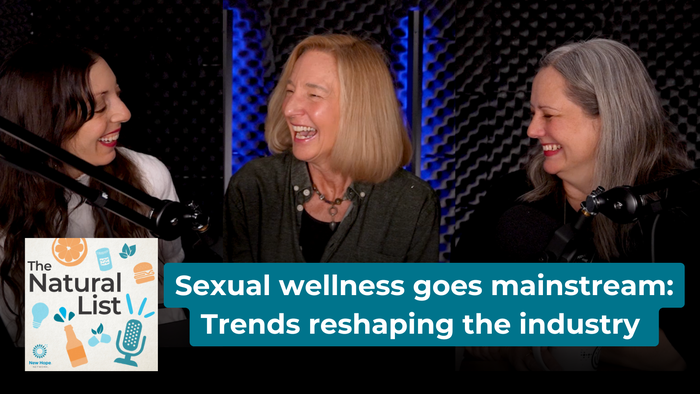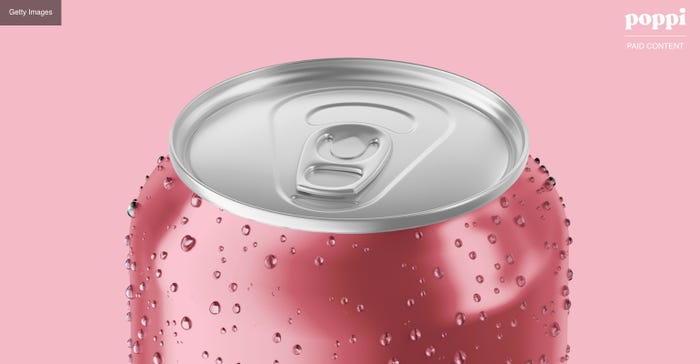Using the unconventional to create a product category
Perfect Bar founder Bill Keith will discuss the challenges of getting on shelf in our upcoming digital summit.

Are you struggling to get on shelf, and stay on it once you're there? How is the changing face of "shelf"—physical or virtual, mass or specialty—affecting your strategy? Today might be the heyday (so far) of emerging brands. This is exciting, but also means more competition than ever. In our upcoming Digital Summit: Getting On Shelf in a Changing Distribution Landscape, we'll dive into the opportunities and challenges that exist for emerging brands, and product developers in more established organizations.
In the session, we'll learn from Perfect Bar founder Bill Keith. Keith knows about getting on shelf. He did it 12 years ago by breaking all the rules: renting kitchen space before landing a single account and seeking shelf space when there was none in existence for a refrigerated bar. The subsequent slow build rendered the brand a national success with placement in 11,000 stores in 50 states across both natural and mass channels.
Keith also knows about family. The original bar recipe was his father's, which Keith took on the road as his father's health waned. While the company now employs many of Keith's 12 brothers and sisters, he sees the whole industry—investment partners, retail partners and customers—as family.
You took bars into the refrigerated section, how challenging was that?
Bill Keith: It was extremely challenging to be the first refrigerated protein bar in every retailer we approached, as we were initially placed in dairy sets and had to compete with the velocities of everyday items, like yogurt, milk and eggs. When we started 12 years ago, we helped pioneer this idea of “fresh snacking” and had to prove that it was viable for consumers, as their demand for fresher options increased.
Can you describe some early lessons you learned working with category managers?
BK: Since we were a one-of-a-kind product for so long, we had to convince category managers of different fridge sets that a fresh protein bar belonged in theirs, even when no one saw the appropriateness of it. Each one would say, “No, that doesn’t belong in my set, go talk to this person,” which prompted placement in a different area in every store. Once we landed in a set, the challenge was to prove to that category manager that we could hit the velocities we projected. In-store demos, we learned, were and still are today the single biggest driver to our success, as our product requires context and education around refrigeration and portability. We’ve tested in many fridge sets and identified the functional beverage/grab-and-go fridge set to be the most successful.
Whole Foods was critical to your success. Can you comment on how that process would be different as you understand the changes at the retailer today?
BK: Yes, it was Whole Foods Berkeley that gave us our first chance at selling in grocery, allowing us to demo our refrigerated protein bar. It’s really too soon to say how this will all play out with new brands getting on shelf, moving forward, but what I do know is that Whole Foods shoppers are the ideal audience for products, like ours, that bring a unique offering to the table; they’re more adventurous in their willingness to try new types of foods, and will also take it upon themselves to learn about them, as opposed to shying away from the unknown.
What's a best practice you do to maintain relationships with your retail partners?
BK: At the end of the day, it comes back to the foundation of our brand and the dynamic we aim to achieve with all partners: treat them like family. In a family, everything is a two-way street; we not only share our support initiatives with our retail partners, but we also listen to their customer insights and needs to feed our efforts accordingly. We have a people-first mentality and foster mutually beneficial relationships with each respective partner. This has proven to be a successful approach for our brand.
Register here to learn more from Keith on successfully navigating the challenges of retail at the Digital Summit: Getting On Shelf in a Changing Distribution Landscape, on Oct. 25, 2017.
About the Author
You May Also Like





